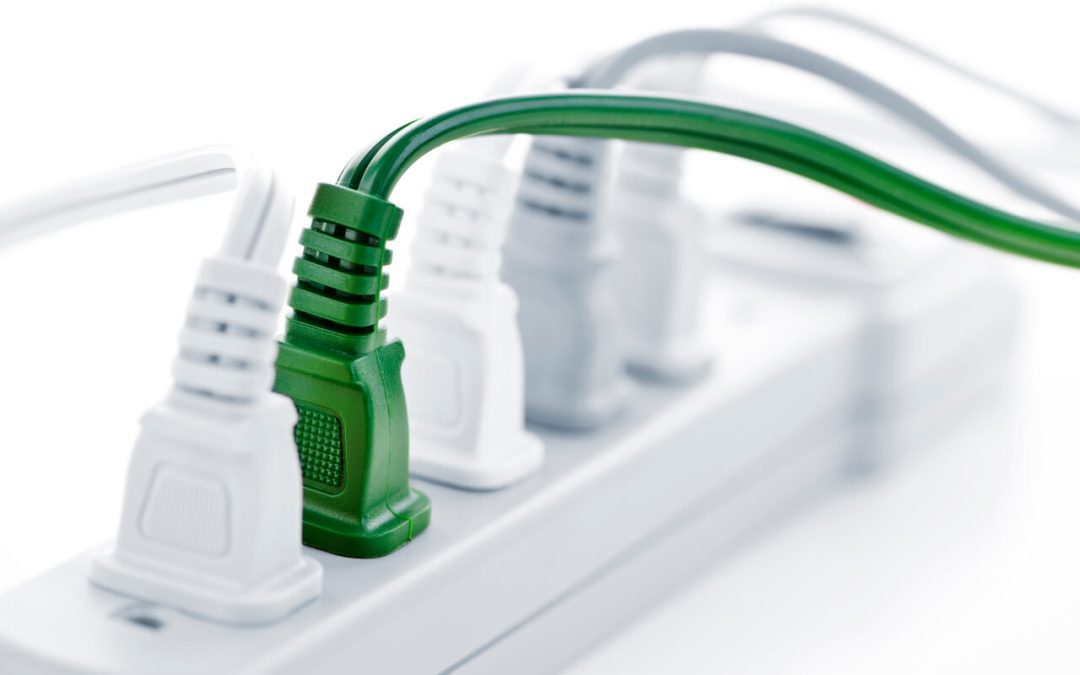Learn to spot potential hazards in your home before they become major problems. Here are five tips for electrical safety in your home to keep family members safe from injury and the property safe from damage.
5 Electrical Safety Tips for Your Home
Electrical Safety Basics
Electrical safety begins with knowing how to spot a dangerous situation and how to deal with it. Check outlets to make sure they aren’t overloaded. Reposition appliances that don’t have enough clearance for adequate air circulation. Keep extension cords out of the way of foot traffic. Know the wattage limits per electrical outlet, and replace damaged cords and appliances to decrease safety hazards in your home.
Don’t Overload Outlets
Overloading outlets is a risk that may result in overheating, damage to appliances, and fire. Each outlet can handle a limited amount of power, so be careful not to overwork them. Try to only plug in one appliance per outlet and have an electrician inspect outlets that feel hot to the touch. Power strips only add more outlets; they do not increase the amount of power available. To monitor an outlet’s power load, invest in a smart plug that senses overheating and shuts off appliances before damage can occur.
Give Appliances Space
Appliances, even smaller ones, need plenty of air circulation to stay cool and function properly. Use electronics and appliances outside of enclosed cabinets to reduce the likelihood of overheating. Install the clothes dryer at least a foot away from the wall to give this appliance space for maximum airflow.
Replace Damaged Cords for Electrical Safety
Replacing damaged cords reduces the chance of fires and electric shock. Check the cords of frequently used appliances and replace devices with cords that are beyond repair. Minor damage may be remedied by using electrical tape. However, this is only a temporary fix to increase safety. It’s best to purchase new cords or a new appliance.
Extension Cord Safety
The misuse of extension cords is a common electrical safety issue. These cords should not be run in front of doorways, under rugs, or beneath the furniture. Improper use can cause overheating, a damaged cord, and could lead to a fire. Never staple the cords to walls or baseboards and purchase extension cords that meet your electrical requirements.
Use the Correct Wattage
Understand how much wattage your electrical outlets are designed for. Generally, the average household outlet can handle 1,800 watts of power safely. Calculate the amount of wattage each appliance requires before plugging multiple cords into the same location. The best way to prevent overloads is to unplug anything you’re not currently using. Doing this will not only eliminate fire risks but will also help you save money on your monthly power bill.
District Home Inspection offers inspections to homebuyers and sellers in the Washington D.C. area. Contact us to request our services.

